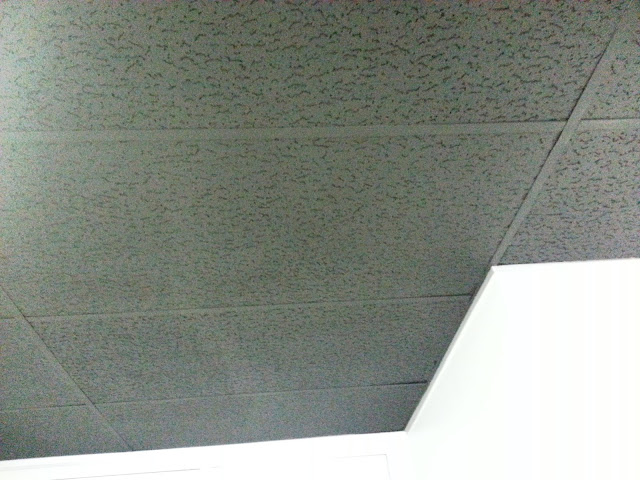Designing interiors for commercial properties is a tricky business. The space must be efficient and cost-effective, but also create a unique and engaging experience.
To further compound the problem, expectations are constantly evolving, so businesses must regularly adapt their interiors to reflect current tastes of their consumers, visitors, and employees.
Fortunately, some modern trends are helping them stay nimble with their designs.
1. Deep Tones
Reflecting the inherent beauty of nature, deep cooling tones are the flavor of the year. Look to use charcoals and greys tinged with greens. Combine them with ivory, stone, and taupe for balance.

Non-Matching Tiles
If this all seems a bit reserved, then add a few splashes of fiery paprika or zesty lime for color.
2. Super-scale and geometric patterns
Small-scale designs have long been expected from hotel or hospital flooring around the country. But expect to see them phased out over 2013 in favor of more dramatic, large-scale, geometric patterns.

Super-scale Geometric Patterns
These striking designs help business create a true design statement that expresses personality and makes a lasting impression on visitors.
3. Form over function
It used to be that cost was the primary factor influencing decisions to purchase office furniture. However, with an ever-increasing focus on ergonomic design, the furniture in a modern workplace needs to be comfortable as well as cost-effective.
Expect to see more features like adjustable arms and head rests on office seating, as well as the emergence of standing height desks.
In addition, consumers are looking for quality — and commercial furniture is changing to reflect this by incorporating more durable materials like rustic woods, metal finishes, and tempered glass.
4. Quirky combinations
Interior designers today are moving away from obvious formulaic themes and instead including a variety of unexpected quirky touches to make each space unique.

Quirky Combinations
A pertinent example is the rise of non-matching floor tiles, which, though it may sound bizarre, can look great if applied in the right way.
5. Dual-purpose designs
A consequence of all this prolonged budget tightening means that business are constantly looking for new ways to save money. Commercial interiors offer a host of possibilities, as reflected in the growing popularity of multi-purpose designs.
Examples of this economic ingenuity can be seen in filing cabinets with slide-out seats that accommodate those spur-of-the-moment business meetings. Even lounge chairs have tablet arms, so employees don’t have to be at a desk to work.
6. Eco-builds
With corporations coming under increasing pressure to meet social obligations, there is a drive towards promoting eco-friendly commercial designs.
While glass use has generally been considered a mark of energy inefficiency, new advances in window design mean that this is no longer the case — glass looks set to become a staple of future eco-builds.

Eco-Building
Consider installing photovoltaic glass, which has the next generation of solar cells incorporated directly into the window surface. This allows a once power-sapping design feature to begin generating its own energy.
7. Collaboration — not isolation
In an era of increasing interaction and constant communication, the modern worker is no longer willing to remain isolated in a tiny cubicle with no access to natural light. As a result, commercial spaces are moving toward a more collaborative approach, changing their interior design layout to create more open workspaces.
Desks are separated with low or transparent panels, or these partitions are removed altogether in favor of circular workstations that promote an increase in communication and knowledge transfer.
Of course, for most commercial properties it’s not possible or practical to conduct regular full-scale refurbishments. Instead, the emphasis is on making smaller changes — a shift in the furniture layout or a new coat of paint – that can make all the difference without breaking the bank.











